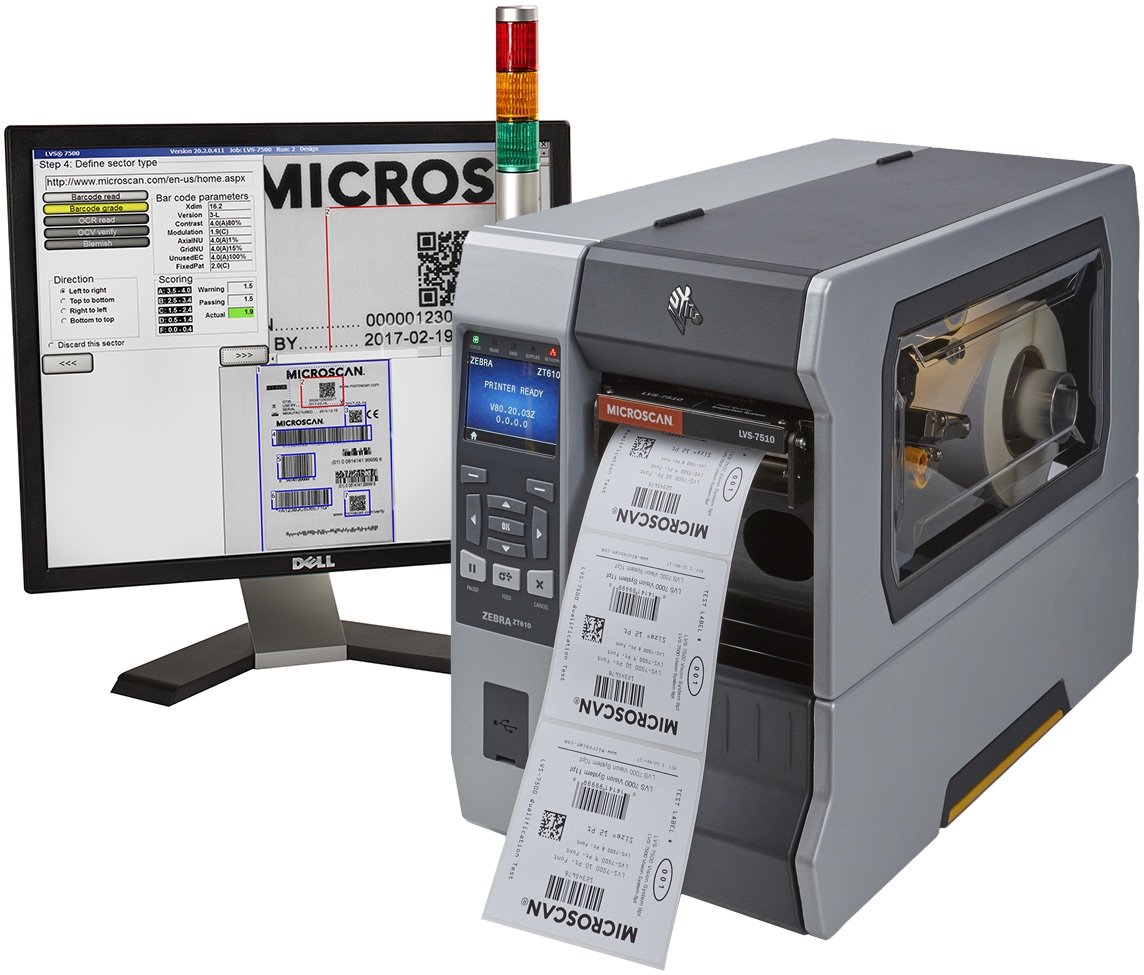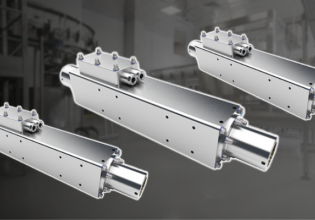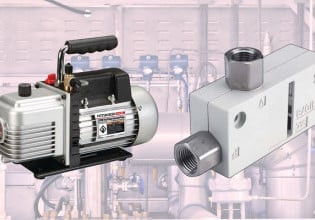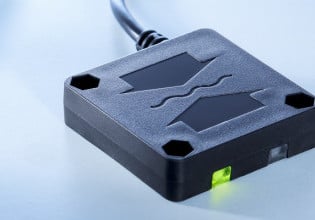The Role of Machine Vision in the Pharmaceutical Industry
Machine vision has become more prevalent in the pharmaceutical industry recently, but how will this technology evolve in this industry over time?
With IIoT, speed of production, and customization, industries are constantly searching for innovative ways to validate quality. One way companies are increasing quality controls is with machine vision. Quality control is one of the largest drivers of smart vision systems and vice versa.
In a news report from AIA published in March 2019, North American sales of machine vision components reached 2.874 billion in 2018.
“Application-specific machine vision (ASMV) systems led the growth with 1.998 billion in sales in 2018, an increase of 7.8 percent over 2017, followed by smart cameras with 466 million, an increase of 14.2 percent.” Additionally, MarketsandMatkets in February 2020 estimated that the machine vision quality market will be worth 13 billion by 2025.
Cameras are even helping in highly-regulated industries. Some of the early adopters of machine vision inspection are pharmaceutical companies looking for more automation, better documentation, quality assurance, and to meet regulations.
Machine Vision: Pharmaceutical Applications
Machine vision is already in the pharmaceutical industry in many different applications. A list provided by Phase 1 Technology Corp shows typical use cases.
- Code validation
- Package integrity
- Fill level
- Surface defect
- Contamination
- Safety seal
- Cap integrity
- Labeling
Packaging inspection is the primary role of machine vision in pharmaceuticals. According to an article on Visiononline, “The pharmaceutical industry was one of the first to embrace color-based machine vision. This was driven by the need to verify that the correct birth control tablets were in the specific location in the blister package.” Color machine vision systems can inspect both the product and packaging.
In addition, labeling is driving automated documentation and tracing through the supply chain for many industries including healthcare. Printer networks help with proper documentation and labeling and can help track a prescription from the provider ordering it, to the printer, and even to the patient. Labels are a great solution to many workflows, inventory, and even counterfeiting problems.

The LVS-7510 self-checking print quality inspection system from Microscan Systems. Image courtesy of Microscan Systems.
Label readability is imperative. The LVS-7510 self-checking print quality inspection system from Microscan Systems detects errors and readability of printed labels. It works with indicator lights to alert a human worker if there is a problem with any labels.
Machine Vision for Pharmaceutical Business Processes
Machine vision can also help reduce time and labor associated with medical paperwork. For example, ABBYY FlexiCapture helped decrease document processing time by 95% for a pharmaceutical company. Lambda Therapeutic, “... receives an average of 350 forms called ASPRs (Anonymised Single Patient Report) with varying levels of length (from 2 to 10 pages) and complexity (from 50 to well over 100 fields).
Each form contains valuable information that must be extracted and fed into a database by an employee – a manual and error-prone process, which takes approximately one hour or more per form, or a total of 400-450 hours per month.”
“...Previously a single person processed on average 8 ASPRs per day; using ABBYY FlexiCapture up to 160 ASPRs are processed in the same amount of time...” Machine vision is being used in the same way in pharmaceuticals as other industries to increase fidelity and ensure quality while increasing productivity and speeds.
While inspection is important, production is happening at high speed, making automated quality control a necessity. For example, a tablet press can have sped up to 350,000 tablets and 150,000 capsules per hour. To inspect every pill may slow production. However, automation solutions could offer inspection for each pill without the need to slow equipment.
Machine Vision Technology for Pharmaceuticals
There is not a lot of difference in machine vision systems for different industries, even pharmaceuticals. There will be specific application needs that will change, but the same camera manufacturers such as Cognex and Omron, are sometimes the same cameras are found in automotive, packaging, medical, and other industrial industries.

Omron’s GigE Vision Camera series used in applications that require high data rates, long cable lengths, and easy setup. Image courtesy of Omron.
As machine vision is adopted further into pharmaceuticals, there will be more niche software to handle applications specific to the industry. One trend that might be developed across industries is to expand to a modular or turnkey machine vision unit. This would merge cameras, lighting, software, HMI, and even conveyors built into a user-friendly, easy to integrate, all-in-one product.
Machine vision companies able to create an open-source platform where users could select a few hardware specifications and features, then download the software package for their specific application would add much value for many fast-moving industries.






